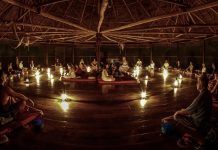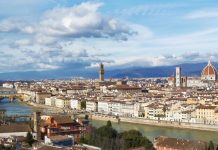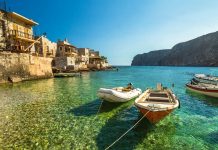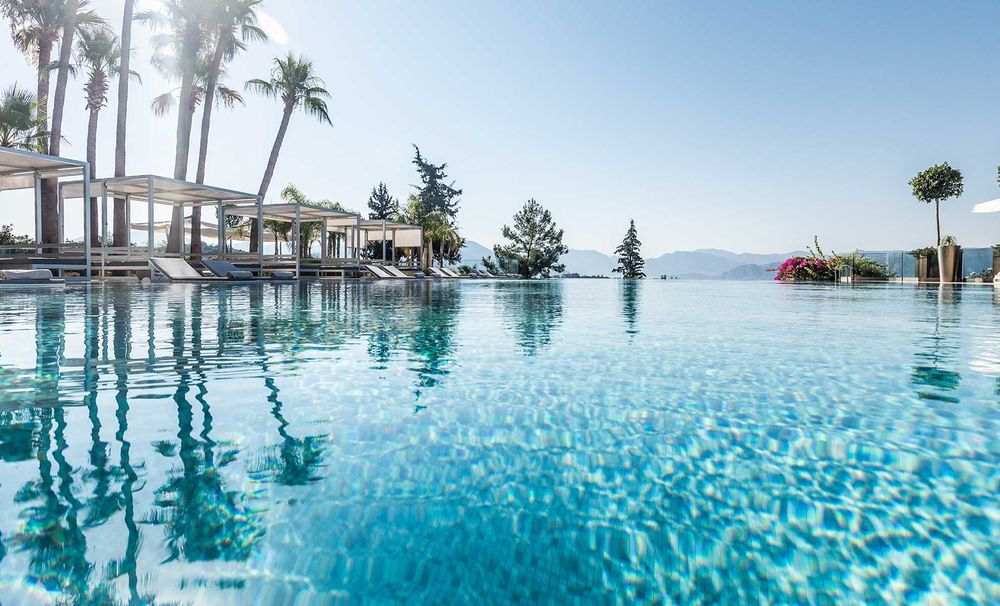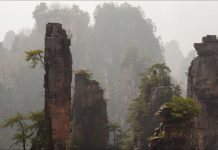Combining Seljuk tombs, mosques and the gifts of modern civilization, Kayseri is both the most Islamic city in Turkey after Konya, and one of the economic locomotives called the Anatolian Tigers. There are stacks of colorful silk hijabs in one of the largest markets in the country, all commercial organizations close at noon on Fridays, but religious preferences in Kayseri are still less pronounced than the perfection of industrial production.
Inspired by Mount Erciyas towering over the city, residents are confident in their future and proud of the past. In the absence of dependence on tourism income, Kayseri residents are less in touch than the people in Goreme and similar places – this can cause some disappointment and a sense of dissonance if you have just arrived from the Fairy chimneys area. Nevertheless, if your path runs through this transport hub, it makes sense to take a closer look at the rapidly growing Turkish city with a great sense of its own history.
Attractions
Citadel
The monumental black walls of the citadel of Kai-sera, made of volcanic stone, were erected at the beginning of the XIII century under the Seljuk Sultan Alaaddin Keykubad. The first fortress appeared on this site in the III century under the Roman Emperor Gordian III; it was rebuilt 300 years later by the Byzantine Emperor Justinian. Today, behind the powerful walls of the citadel, a bazaar is now boiling with stalls overflowing with various goods.
Gurgupoglu Konagi
An Ethnographic Museum is located in the stone Ottoman palace of the XVIII century with beautiful wooden balconies and portals. The exhibition features an exhibition of Ottoman crafts and a section in which numerous mannequins under colorful beams represent how life was here in the old days.
Archaeological Museum
A small Archaeological museum of Kaysera, a small magpie nest, in which finds from the nearby village of Kultepe were demolished, it was the first Hittite capital and the main city of the Hittites). The oldest written documents in this region have been found in the largest of the city mounds discovered in Anatolia. Many of them relate to trade, for example, Assyrian clay tablets and cases for them, dating from the period from 1920 to 1840 BC. Other exhibits include amazing sarcophagi depicting the exploits of Hercules, an idol of the mother goddess of the Bronze Age, mummies of children, Roman and Hellenistic jewelry, hieroglyphic inscriptions from the time of the Hittite king Tutkhali IV and a decapitated, but still impressive statue of the Hittite monarch.
Mahpera Complex Khunat Khatun
Among the characteristic sights of Kayseri there are several complexes of buildings laid by the wives and daughters of Seljuk sultans. Among them is the Mahperi Khunat Khatun Caddesi ascetic complex located to the east of the citadel. It includes the Mahperi Khunat Khatun mosque built by the wife of Sultan Aladdin Keykuba, the Khunat Khatun madrasah and the operating bathhouse to this day.
Chifte Madrasah
These adjacent religious schools were founded by the will of the Seljuk Sultan Giyas ad-Din Kay-Khosrow and his sister Gevher Ne-sibe-sultan. One of the first medical schools in the world operated here. Unfortunately, the building is currently closed.
Islamic buildings
The Kurshunlu Jami, built in the Ottoman style, is also called the Ahmet Pasha Mosque – in honor of the founder. The mosque was built at the end of the XVI century, probably according to the drawings of the great Sinan, who was born in a nearby village. Another notable mosque of Kayseri is Ulu Jami, the construction of which was started in the middle of the XIII century by the emirs of the Turkic dynasty of the Danishmenids, and completed in 1205 by other Seljuk rulers. In its architecture there are striking examples of the early Seljuk style – for example, a brick minaret, one of the first of its kind in Anatolia.
Be sure to take a look at the Sahabiye Madrasah, an Islamic theological school that today plays the role of a book bazaar.

